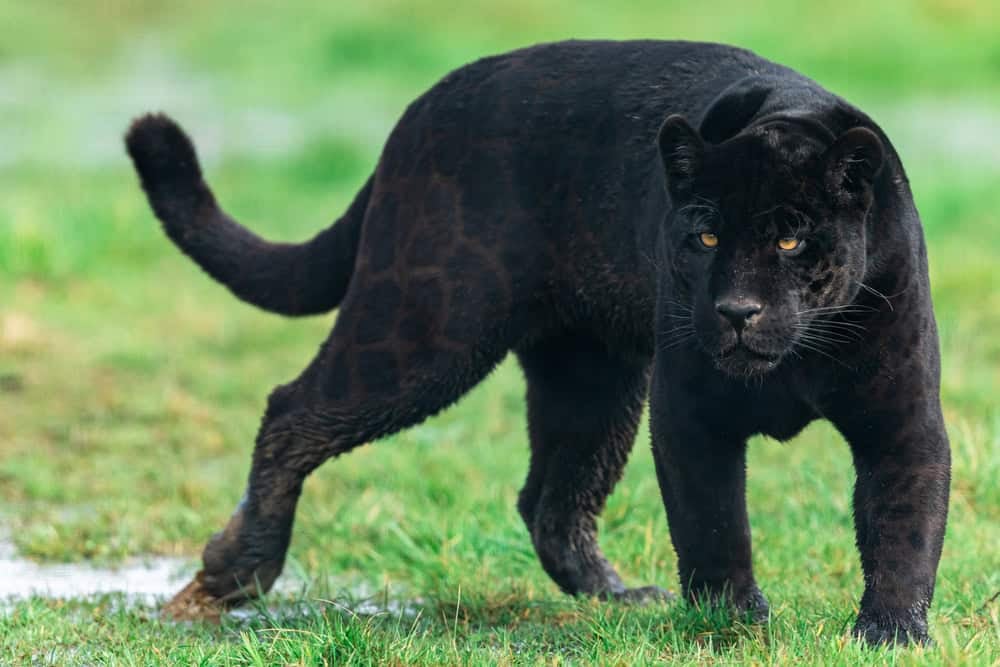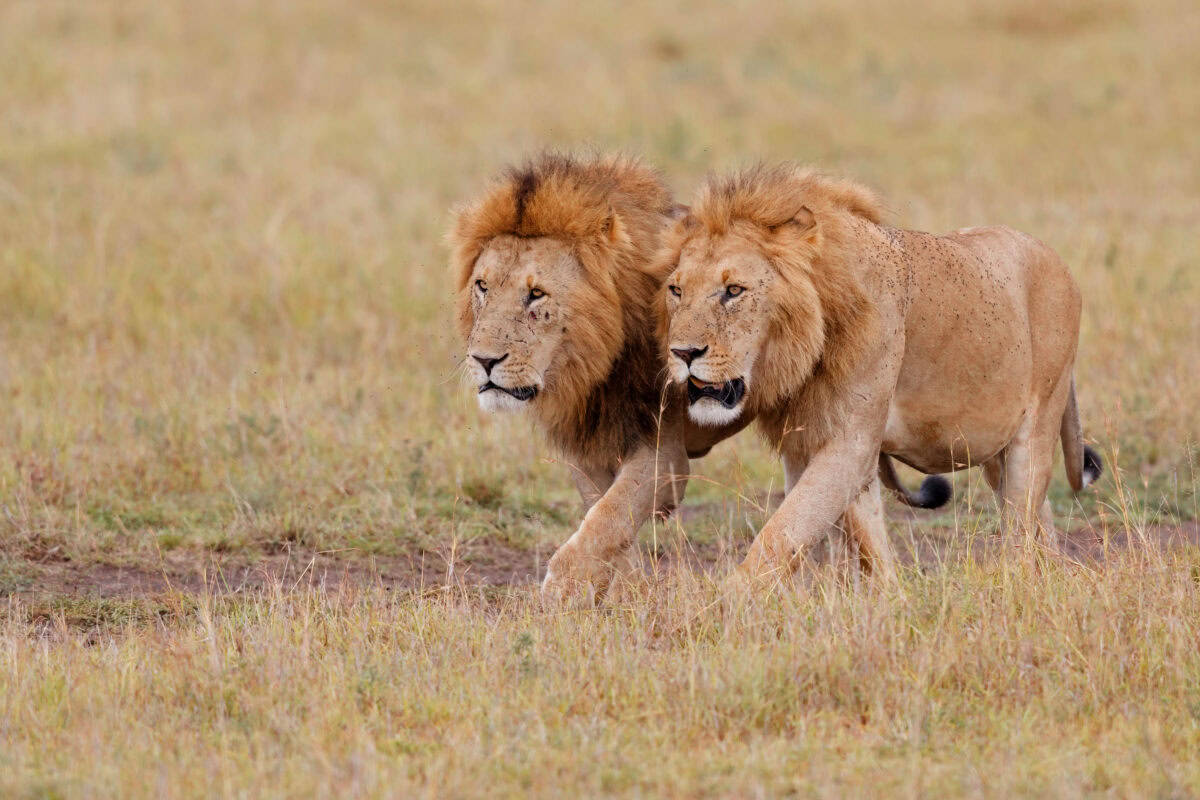Throughout history, big cats have left an indelible mark on the cultures and beliefs of ancient civilizations across the globe. Revered for their strength, beauty, and mystique, these majestic creatures were often seen as both deities and demons, symbolizing power, protection, and danger. Join us as we journey through time to explore 12 ancient civilizations that either worshiped or feared big cats, uncovering the fascinating roles these enigmatic animals played in shaping human history.
Ancient Egypt: The Cult of the Cat

In ancient Egypt, cats were revered and even worshiped, embodying grace and power. The goddess Bastet, depicted as a lioness or a woman with a lion’s head, was the deity of home, fertility, and childbirth. Her embodiment as a domestic cat linked her closely with everyday life, making cats sacred animals. Killing a cat, even accidentally, was punishable by death, highlighting the high esteem in which they were held. Egyptians even mummified cats, showing the significant role these animals played in their spiritual beliefs.
Mesopotamia: Lions in Myth and Legend

The ancient Mesopotamians, particularly the Assyrians and Babylonians, held lions in awe. In Assyrian culture, the lion was a symbol of royalty, power, and valor, often seen in art and architecture. The Babylonian goddess Ishtar was sometimes depicted riding a lion, showcasing the creature’s deep-rooted connection with divinity and strength. The Epic of Gilgamesh, one of the earliest literary works, features lion hunts, signifying the revered status of these magnificent beasts.
Indus Valley: The Enigmatic Tigers

Though less is known about the specific depictions of big cats in the Indus Valley civilization, evidence from seals and artifacts suggest that tigers held a place of significance. The animals were frequently illustrated on seals, often in association with religious and ceremonial themes. This indicates that tigers were respected and perhaps even feared as powerful spiritual symbols.
Ancient China: Guardians of Emperors

In ancient China, the tiger was a symbol of immense power and authority. The Chinese regard the tiger as one of the four celestial animals, believed to protect the cardinal points. The White Tiger of the West was especially auspicious, symbolizing courage, military prowess, and martial success. Tang Dynasty emperors often adorned their tombs and palaces with images of these fierce cats, underscoring their protective and regal associations.
Mesoamerica: Jaguars as Icons of the Night

Jaguars were central to the mythology of Mesoamerican cultures, including the Maya and Aztecs. The Maya saw the jaguar as a symbol of the underworld, night, and darkness, while the Aztecs associated it with warriors and they revered it as a symbol of power and ferocity. The jaguar warrior was an elite military unit believed to possess the spirit of these powerful cats, granting them immense strength and stealth in battle.
Norse Mythology: The Fierce Feline Connection

While cats played a lesser role in Norse mythology than other animals, the goddess Freyja featured prominently with her chariot drawn by two large, mysterious cats. Norse myths suggest these cats were not native to Scandinavia, imbuing them with an exotic allure. They symbolized femininity, fertility, and wealth, traits closely connected with the goddess of love, beauty, and war.
Persia: Lions in Royal Iconography

In Persian culture, lions held a storied place in the art and symbolism of ancient empires. The lion and sun motif, which continues to be a symbol of Persia, signifies strength and divinity. Historically, Persian rulers, such as Cyrus the Great and Darius, used the lion as an emblem of bravery and the divine right to rule, underscoring the lion’s status as a powerful guardian and kingly creature.
Rome: Lions in the Arena

In ancient Rome, lions were both feared and admired as gladiatorial entertainment. The Romans captured these fearsome beasts from Africa to be used in the colliseum, where they were pitted against gladiators and other animals. Despite their terrifying presence, lions were also associated with the goddess Cybele, serving as symbols of protection and strength in Roman mythology.
Hinduism: The Divine Lion and Tiger

In Hindu mythology, big cats feature prominently as both sacred and fearsome creatures. The goddess Durga is often depicted riding a tiger or lion, symbolizing her power and command over the universe. Narasimha, the lion-headed deity, is one of the ten avatars of Vishnu, embodying the divine wrath that protects the righteous and punishes evil.
Celtic Beliefs: The Wildcat Spirit

The Celts, known for their animistic traditions, viewed animals as spiritual guides and symbols. Wildcats and large felines, though not native, featured in Celtic mythology as representations of sovereignty, independence, and ferocity. These creatures were seen as guardians and protectors, reflecting the Celtic reverence for the natural world and its mystical forces.
Japanese Folklore: Big Cats as Supernatural Beings

In Japanese folklore, big cats often appear as powerful and supernatural entities. The Bakeneko and Nekomata are mythical feline creatures believed to possess transformative and magical abilities. These spirits were thought to bring fortune or misfortune, inspiring both reverence and fear in those who encountered them. Such legends highlight the dual nature of cats in Japanese culture—both as mysterious protectors and potential threats.
Ancient Greece: Lions of Legend

The ancient Greeks mythologized lions in tales like those of Heracles, whose first labor was to slay the Nemean Lion, a monster with invulnerable skin. Lions were symbols of strength, courage, and heroism in Greek mythology and art. The lion-griffin, a mythical creature with the body of a lion and the head of an eagle, further encapsulates the feared and revered nature of big cats in Greek imagination.
Conclusion: The Timeless Power of Big Cats

From the deserts of Egypt to the jungles of Mesoamerica, big cats have captivated the imaginations of ancient peoples worldwide. Their presence in mythology, religion, and art underscores their enduring influence on human culture. Whether worshiped as deities or feared as monsters, these magnificent creatures symbolize the strength, mystery, and power of the natural world—a testament to their remarkable legacy in human history.
- This Fish Has the Most Teeth in the Ocean—And Uses Them Well - August 9, 2025
- How Wolves Use Group Howls to Reunite With Pups - August 9, 2025
- 12 Dog Breeds That Form the Deepest Emotional Bonds with Their Owners - August 9, 2025

